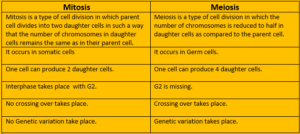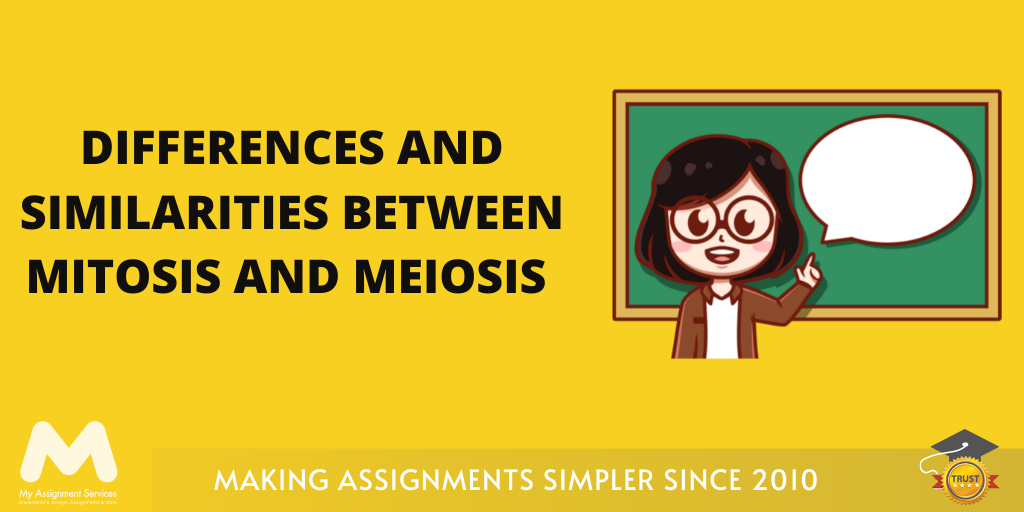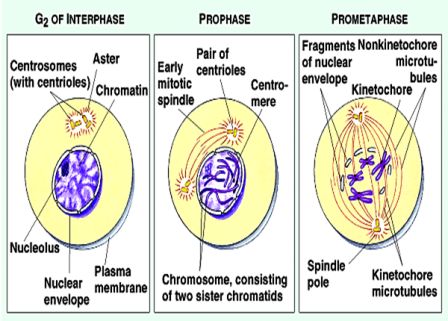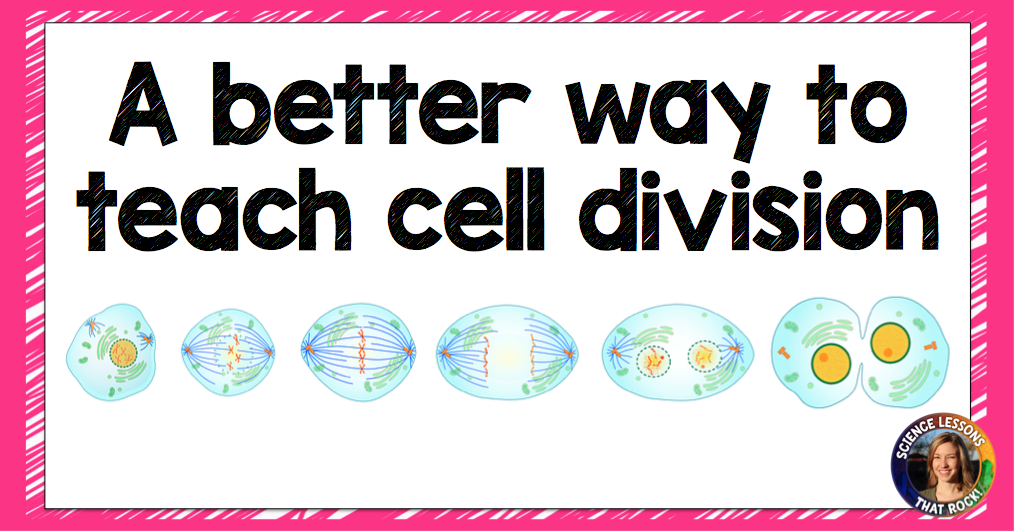Understanding the difference between mitosis and meiosis is important for understanding cell division and reproduction in living organisms. While both processes involve the duplication and separation of genetic material, they differ in the number of cells produced and the amount of genetic variation present in the resulting cells.
Mitosis is the process by which a single cell divides into two identical daughter cells. It occurs in all types of cells, including somatic (body) cells and germ cells (which give rise to gametes, or sex cells). During mitosis, the DNA in the cell's nucleus is replicated and the two copies are separated into two daughter nuclei. The rest of the cell then divides, forming two identical daughter cells.
Meiosis, on the other hand, is a specialized form of cell division that occurs only in germ cells. It involves two rounds of cell division, resulting in the production of four genetically diverse daughter cells known as gametes. These gametes are essential for sexual reproduction, as they allow for the combination of genetic material from two different individuals.
One way to remember the difference between mitosis and meiosis is to focus on the number of cells produced. Mitosis results in two identical daughter cells, while meiosis produces four genetically diverse daughter cells. Another way to remember the difference is to think about the purpose of the cell division. Mitosis is important for the growth and repair of tissues in the body, while meiosis is specifically involved in the production of gametes for sexual reproduction.
It's also helpful to understand the specific stages of each process. In mitosis, the cell progresses through four main stages: prophase, metaphase, anaphase, and telophase. During prophase, the nuclear envelope breaks down and the chromosomes become visible. In metaphase, the chromosomes align at the center of the cell. Anaphase involves the separation of the chromosomes into the two daughter nuclei, and telophase marks the end of the process as the cell divides into two daughter cells.
Meiosis follows a similar pattern, but with two rounds of cell division. The first round, known as meiosis I, involves the separation of homologous chromosomes (chromosomes that are similar in shape and size). The second round, meiosis II, involves the separation of sister chromatids (copies of the chromosomes produced during DNA replication). This results in the production of four genetically diverse daughter cells.
To summarize, the main difference between mitosis and meiosis is the number of cells produced and the amount of genetic variation present in the daughter cells. Mitosis results in two identical daughter cells, while meiosis produces four genetically diverse daughter cells. Understanding these processes is essential for understanding how cells divide and reproduce in living organisms.






